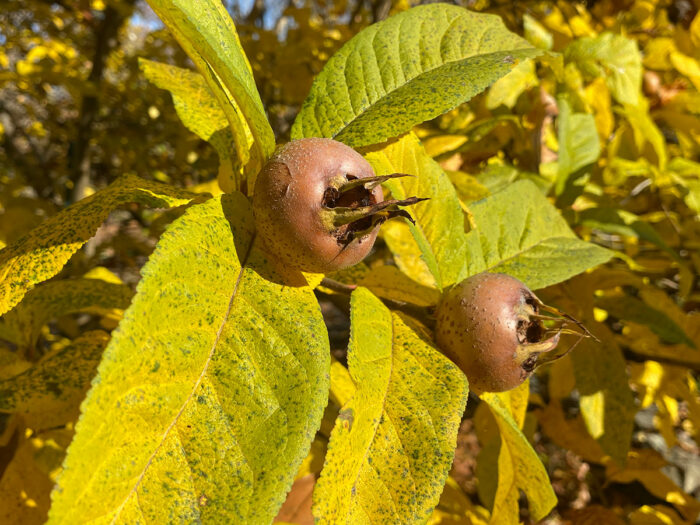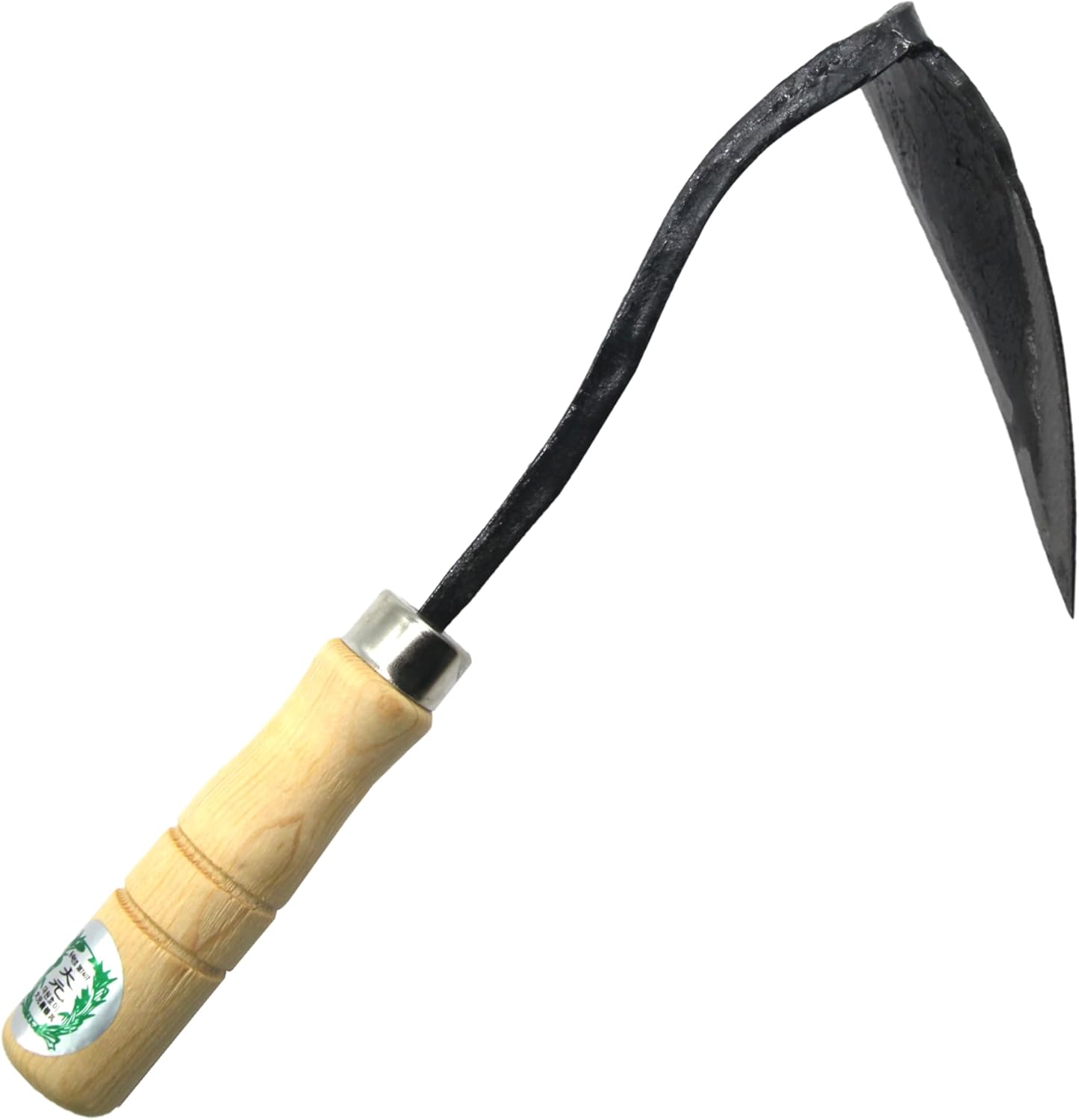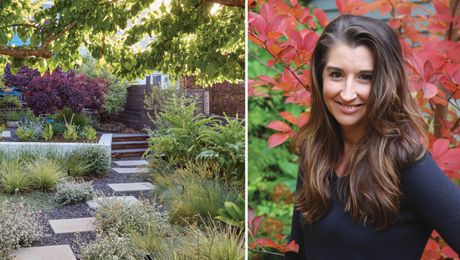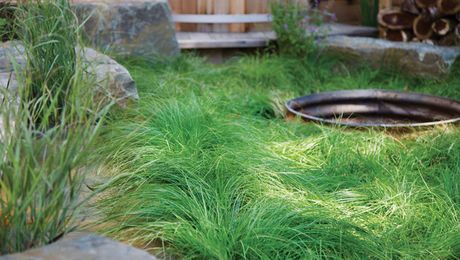
Happy Friday GPODers!
Fall is officially in full swing, and Allyson Levy from Hortus Arboretum and Botanical Garden is back to enlighten us on some underrated and under-appreciated plants that are spectacular for autumn interest.
In case you missed her first submission, (which you should absolutely go check out here: Growing Pawpaws at Hortus Arboretum and Botanical Garden) Allyson and her partner Scott Serrano are co-founders and executive directors of a 21-acre arboretum and botanical garden in Stone Ridge, New York with a mission to sustain native, unusual and historic plant life while welcoming and educating the public in their incredible space. We’re so lucky that Allyson is willing to not only share beautiful photos of the amazing plants growing at Hortus Arboretum, but to share their wealth of knowledge on these botanical wonders.
As morning and evening temperatures cool down and daytime temperatures become more long-sleeved, there is still plenty to do in the garden. I think one of the highlights of doing clean-up chores in the fall is appreciating another season of plant beauty as spent flower seeds produce interestingly shaped seed pods. Berry-producing shrubs and vines continue to offer up decorative and edible fruits with lingering pigmentations. Foliage begins to change into a display of autumnal colors as the chemistry of the leaves reacts to the shortening photosynthesizing time, and the myriads of trees and shrubs that are proven winners for their fall flowers give us a last hurrah. A sort of a thumbing your nose at mother nature- we’re not done here yet, as we harvest corn, potatoes, tomatoes, and the usual edible suspects that most gardeners have nourished and tended to the past summer.
The garden I work in is an arboretum, a place where trees, shrubs, and herbaceous plants are cultivated for ornamental and educational purposes. As one of its founding directors, I have wide discretion for growing and trialing a large diversity of plants, some beloved and frequently encountered in many gardeners’ backyards, like; Chinese dogwoods (Cornus kousa, Zones 5–8), oakleaf hydrangea (Hydrangea quercifolia, Zones 5–9) and summersweet (Clethra spp., Zones 4–9). These plants have become popular because they offer beautiful flowers from mid-spring to late summer, amazing leaf color changes, fruit displays, and seedpods. Yet that is just a tiny fraction of plants on a long list of both ornamental and edible woody plants that extend the seasonal interest well into fall.
 Chinese Dogwood is a widely appreciated tree that offers up amazing fall color display as shown here on the arboretum’s cultivar ‘Satomi’ (Cornus kousa ‘Satomi’, Zones 5–8).
Chinese Dogwood is a widely appreciated tree that offers up amazing fall color display as shown here on the arboretum’s cultivar ‘Satomi’ (Cornus kousa ‘Satomi’, Zones 5–8).
![]() For those adventurous enough to plant a tree or shrub that is a little less known there are also many plants that are available at nurseries with a better selection. The Seven-Son Flower Tree (Heptacodium miconidoes, Zones 5–9) is a good candidate. Considered endangered in China its place of origin, it has been cultivated for the last forty years and planted more widely by landscapers in the know over the past two decades. This beautiful, small tree (often multi-limbed) grows to around 20’ tall and 10’ wide, is low maintenance, and has blooms of white flowers in August in New York’s Hudson Valley, much appreciated by later season pollinators. In the fall the remaining flower parts (the sepals), turn bright deep pink, and even burgundy and are often mistaken for the flowers. The brightly colored sepals persist on the tree for a long time, extending the tree’s fall color. If the stunning fall color wasn’t enough, it has white and buff colored bark that exfoliates in long strips, often producing white and coral under bark, which gives this spectacular tree 4-seasons of interest. If you live in planting zones 5-9 find a place for it where you will see it daily, in either a full sun or part-shade environment.
For those adventurous enough to plant a tree or shrub that is a little less known there are also many plants that are available at nurseries with a better selection. The Seven-Son Flower Tree (Heptacodium miconidoes, Zones 5–9) is a good candidate. Considered endangered in China its place of origin, it has been cultivated for the last forty years and planted more widely by landscapers in the know over the past two decades. This beautiful, small tree (often multi-limbed) grows to around 20’ tall and 10’ wide, is low maintenance, and has blooms of white flowers in August in New York’s Hudson Valley, much appreciated by later season pollinators. In the fall the remaining flower parts (the sepals), turn bright deep pink, and even burgundy and are often mistaken for the flowers. The brightly colored sepals persist on the tree for a long time, extending the tree’s fall color. If the stunning fall color wasn’t enough, it has white and buff colored bark that exfoliates in long strips, often producing white and coral under bark, which gives this spectacular tree 4-seasons of interest. If you live in planting zones 5-9 find a place for it where you will see it daily, in either a full sun or part-shade environment.
![]()




Thank you for sharing all of these beautiful photos and plants, Allyson! I’ve heard of seven-son flower and witch adler before, but medlar is completely new to me and now I’m dying to give one of those pretty little fruits a try. Already looking forward to what we’ll learn in your next submission 🙂
Hope everyone has a lovely fall weekend. If you spot some plants with some particularly wonderful color, blooms, or fruit, be sure to snap some pictures and send them in by following the directions below.
Have a garden you’d like to share?
Have photos to share? We’d love to see your garden, a particular collection of plants you love, or a wonderful garden you had the chance to visit!
To submit, send 5-10 photos to gpod@taunton.com along with some information about the plants in the pictures and where you took the photos. We’d love to hear where you are located, how long you’ve been gardening, successes you are proud of, failures you learned from, hopes for the future, favorite plants, or funny stories from your garden.
Have a mobile phone? Tag your photos on Facebook, Instagram or Twitter with #FineGardening!
Do you receive the GPOD by email yet? Sign up here.
Fine Gardening Recommended Products

DeWalt Variable-Speed Cordless Reciprocating Saw with 6-Piece Saw Blade Set
Fine Gardening receives a commission for items purchased through links on this site, including Amazon Associates and other affiliate advertising programs.
- 18.31 x 6.13 x 4 inches
- 1-1/8-inch stroke length
- Variable speed trigger with 0-3000 spm
- DW4856 Metal/Woodcutting Reciprocating Saw Blade Set, 6-Piece

Ho-Mi Digger - Korean Triangle Blade
Fine Gardening receives a commission for items purchased through links on this site, including Amazon Associates and other affiliate advertising programs.

ARS Telescoping Long Reach Pruner
Fine Gardening receives a commission for items purchased through links on this site, including Amazon Associates and other affiliate advertising programs.


















Comments
That seven sons tree is stunning! This is a very interesting collection of trees and shrubs - some that I had not seen before. Thank you!
Log in or create an account to post a comment.
Sign up Log in